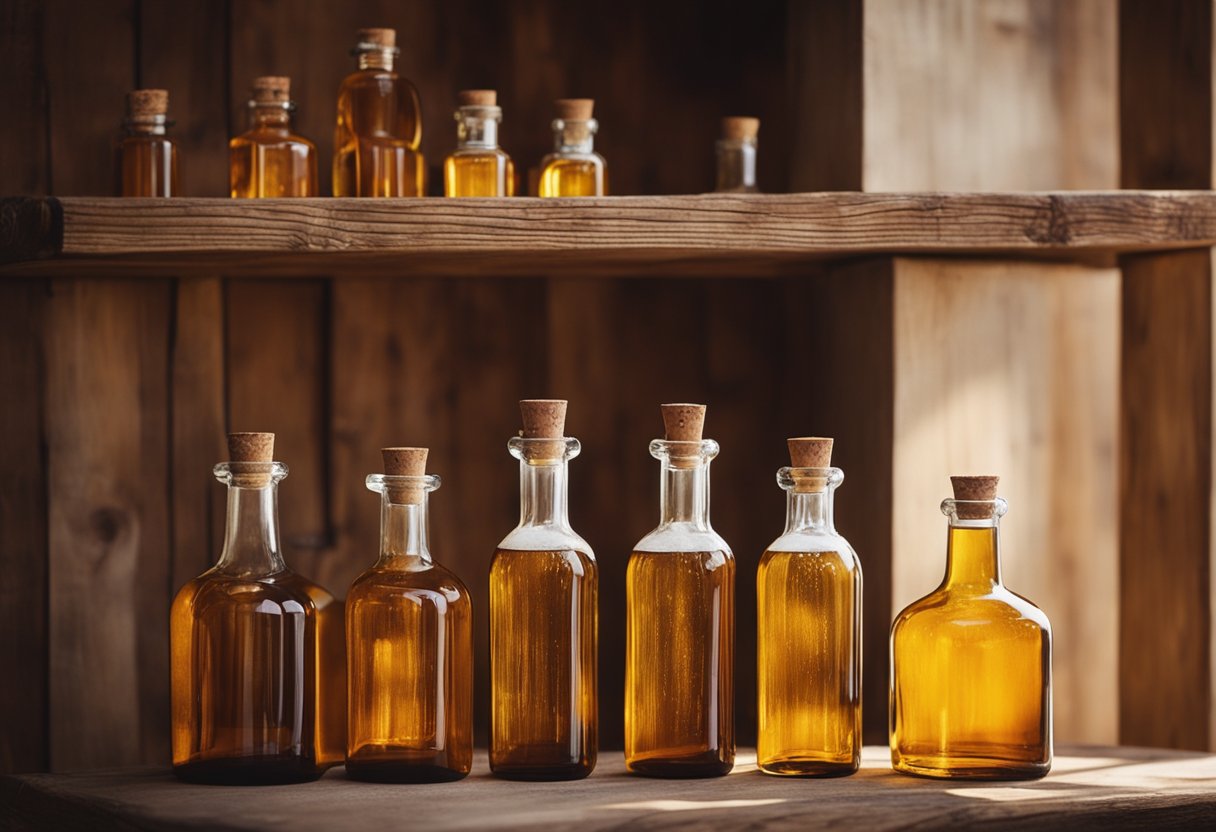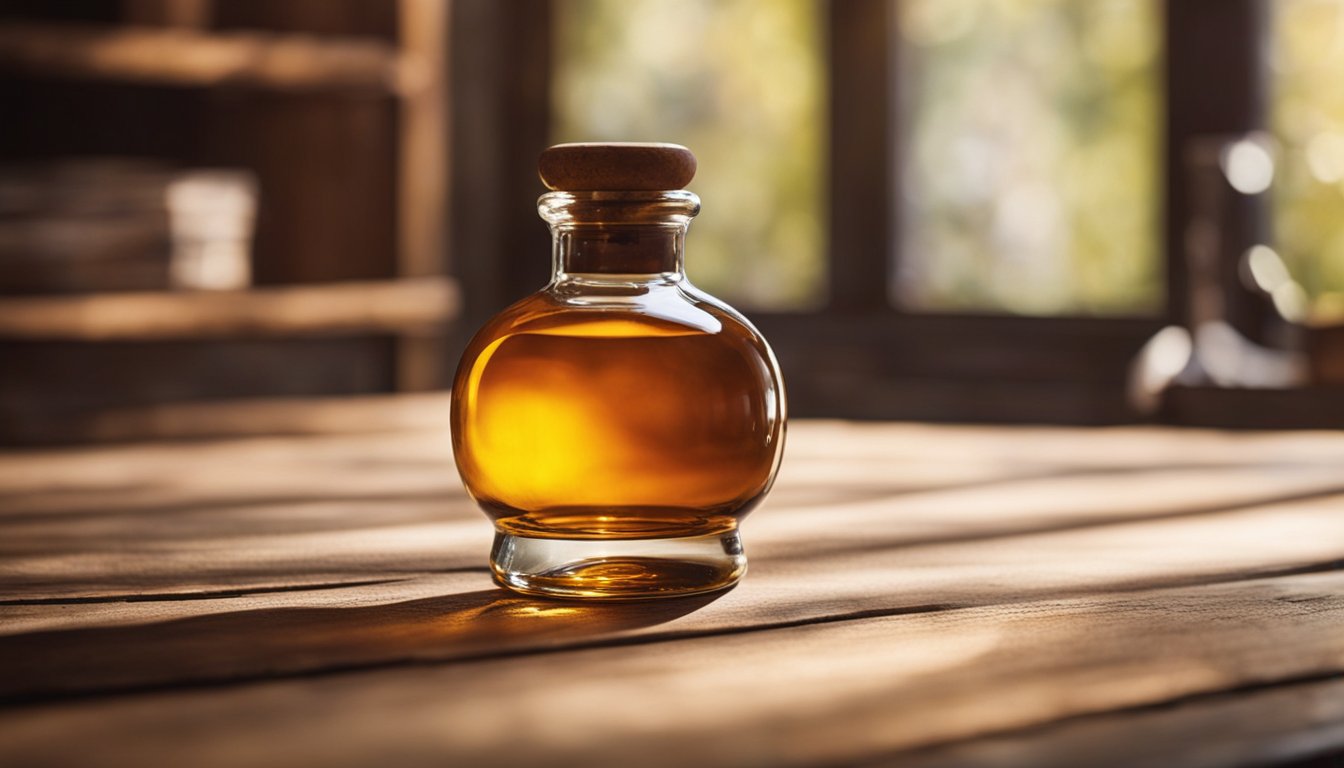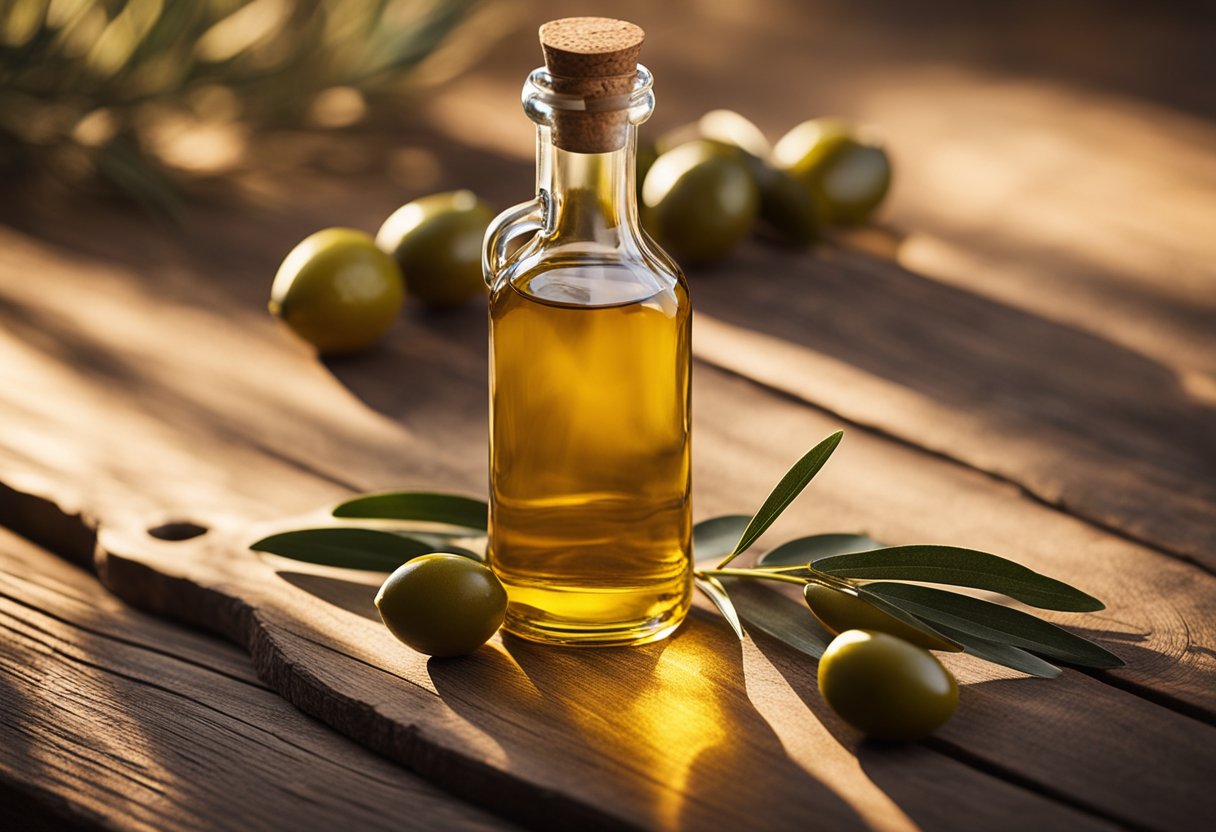If you’re looking for a versatile and eco-friendly packaging option, glass bottles are an excellent choice. Glass is a non-toxic, impermeable, and infinitely recyclable material. It’s also transparent, which allows consumers to see the contents of the bottle and makes it an ideal material for showcasing products such as beverages, cosmetics, and essential oils.

Glass bottles come in a variety of shapes, sizes, and colors to suit different packaging needs. From small vials for essential oils to large bottles for wine, glass bottles can be customized to meet specific requirements. Additionally, glass bottles are a popular choice for packaging food and beverages due to their impermeability, which prevents contamination and preserves the quality of the product.
Whether you’re a small business owner looking for an eco-friendly packaging option or a consumer looking for a safe and sustainable way to store your favorite products, glass bottles are a great choice. With their versatility, durability, and eco-friendliness, glass bottles are a packaging option that you can feel good about using.
History of Glass Bottles

Glass bottles have a long and fascinating history that dates back to ancient times. The first glass bottles were produced in Mesopotamia around 1500 B.C. and in the Roman Empire around 1 A.D. Glass bottles were initially used to store perfumes, oils, and other valuable liquids.
In the early 1600s, America’s glass bottle and glass jar industry was born when settlers in Jamestown built the first glass factory. Glass bottles were used to store medicines, spices, and other household items. In the late 1800s, glass bottles became a common household item used for preserving food. As production increased, so did the variety of shapes and sizes of glass bottles and jars.
The invention of the automatic bottle-making machine in the early 1900s revolutionized the glass bottle industry. It allowed for the mass production of standardized bottles, making them more affordable and accessible to the general public. Glass bottles were used to store a wide range of products, including beer, soda, milk, and other beverages.
Today, glass bottles continue to be a popular packaging choice for many products, including wine, spirits, and cosmetics. They are durable, reusable, and recyclable, making them an environmentally friendly option. Glass bottles also offer a high level of product protection, preserving the taste, aroma, and quality of the contents inside.
Manufacturing Process

Raw Materials
The first step in the manufacturing process of glass bottles is to gather the raw materials. The primary ingredients used to make glass bottles are silica sand, soda ash, limestone, and cullet. Silica sand is the main component, and it is mixed with the other ingredients in a large furnace. The mixture is heated to a temperature of around 1700°C, which melts the ingredients and forms molten glass.
Melting and Forming
Once the raw materials are gathered and melted, the molten glass is formed into bottles using one of two techniques: press-and-blow molding and blow-and-blow molding. Press-and-blow molding involves a plunger pressing the glass into a mold, which is then blown into shape. Blow-and-blow molding involves blowing air into the glass to form a bubble, which is then shaped into a bottle.
Both techniques allow for intricate designs, resulting in a variety of unique shapes and sizes. Once the bottles are formed, they are cooled to room temperature.
Annealing
After the bottles are formed and cooled, they are transferred to an annealing oven. The annealing process involves slowly heating the bottles to a temperature of around 600°C and then cooling them slowly to room temperature. This process helps to relieve any internal stress in the glass and make the bottles more durable.
Inspection and Packaging
Once the bottles have been annealed, they are inspected for any defects or imperfections. Any bottles that do not meet the quality standards are discarded. The remaining bottles are then packaged and shipped to customers.
Overall, the manufacturing process of glass bottles is a complex and fascinating combination of art and science. From gathering raw materials to forming the bottles and inspecting them for quality, each step is carefully designed to ensure that the final product is of the highest quality.
Types of Glass Bottles

When it comes to glass bottles, there are three main ways to categorize them: by shape, by color, and by capacity.
By Shape
Glass bottles come in a variety of shapes, each with its own advantages and disadvantages. Some common shapes include:
- Round bottles: These are the most common type of glass bottle. They are easy to hold and store, and they are great for liquids that need to be poured.
- Square bottles: These bottles have a flat base, which makes them more stable than round bottles. They are also easier to label.
- Boston round bottles: These bottles have a narrow neck and a wide body. They are great for storing liquids that need to be dispensed drop by drop, such as essential oils.
- Flask bottles: These bottles have a narrow neck and a wider base. They are great for storing liquids that need to be swirled, such as wine.
By Color
Glass bottles can also be categorized by color. Some common colors include:
- Clear glass bottles: These bottles are great for showcasing the contents of the bottle. They are also the most common type of glass bottle.
- Amber glass bottles: These bottles are great for storing light-sensitive liquids, such as essential oils. The amber color helps to block out UV rays, which can damage the contents of the bottle.
- Blue glass bottles: These bottles are also great for storing light-sensitive liquids. The blue color helps to block out a wider spectrum of light than amber bottles.
By Capacity
Finally, glass bottles can be categorized by their capacity. Some common capacities include:
- 8-ounce bottles: These bottles are great for small quantities of liquids, such as samples or travel-sized products.
- 16-ounce bottles: These bottles are great for larger quantities of liquids, such as cooking oils or cleaning products.
- 32-ounce bottles: These bottles are great for even larger quantities of liquids, such as bulk food items or beverages.
No matter what type of glass bottle you choose, be sure to handle it with care. Glass bottles can break easily, so it’s important to store them properly and handle them gently.
Recycling and Sustainability
Glass bottles are a popular packaging material due to their durability, reusability, and recyclability. Recycling glass bottles is an essential aspect of sustainable waste management. In this section, we will explore the process of recycling glass bottles and the benefits of doing so.
Collection and Sorting
The first step in the glass recycling process is the collection and sorting of glass bottles. Glass bottles are collected from households, businesses, and recycling centers. The collected glass bottles are then sorted based on color, as different colors of glass require different processing methods.
Processing Recycled Glass
Once the glass bottles are sorted, they are crushed into small pieces called cullet. The cullet is then melted in a furnace at high temperatures, and any impurities are removed. The molten glass is then molded into new glass bottles or other glass products.
Benefits of Recycling
Recycling glass bottles has several benefits for the environment and the economy. Firstly, recycling glass bottles reduces the amount of waste sent to landfills, which helps to conserve landfill space. Secondly, recycling glass bottles saves energy and reduces greenhouse gas emissions. According to FEVE, recycling one glass bottle can save enough energy to power a computer for 25 minutes. Additionally, recycling glass bottles reduces the need for raw materials, which helps to conserve natural resources.
Recycling glass bottles is an essential aspect of sustainable waste management. The process of recycling glass bottles involves collection and sorting, processing recycled glass, and molding it into new glass bottles or other glass products. Recycling glass bottles has several benefits for the environment and the economy, including reducing waste sent to landfills, conserving natural resources, and reducing greenhouse gas emissions.
Innovations in Glass Bottle Design
Glass bottles have been a popular choice for packaging various products for centuries. However, recent innovations in glass bottle design have made them even more versatile and efficient. In this section, we will explore two such innovations in detail.
Smart Bottles
Smart bottles are a recent innovation in glass bottle design that have gained a lot of popularity in recent years. These bottles are equipped with sensors and other electronic components that allow them to perform various functions such as tracking the contents of the bottle, monitoring the temperature, and even reminding you when it’s time to drink.
One of the most significant benefits of smart bottles is that they can help you stay hydrated. By tracking your water intake, they can remind you when it’s time to drink and ensure that you are getting enough fluids throughout the day. Some smart bottles even come with an app that can help you track your hydration goals and provide personalized recommendations based on your activity level and other factors.
Lightweighting Technology
Another significant innovation in glass bottle design is lightweighting technology. This technology involves using thinner glass to create bottles that are lighter and more efficient. By reducing the weight of the bottle, manufacturers can save on transportation costs and reduce their carbon footprint.
Lightweighting technology has also made glass bottles more accessible for consumers. With lighter bottles, it’s easier to carry them around, and they are less likely to break during transport. Additionally, lightweight bottles are more comfortable to hold, making them a popular choice for beverages like beer and wine.
In conclusion, innovations in glass bottle design have made them more versatile, efficient, and accessible than ever before. Smart bottles and lightweighting technology are just two examples of how manufacturers are using technology to improve the design and functionality of glass bottles. As these innovations continue to evolve, we can expect to see even more exciting developments in the future.
Frequently Asked Questions
How do I choose the best glass bottle for water storage?
When choosing a glass bottle for water storage, it is important to consider the size, shape, and durability of the bottle. Look for bottles that are made from high-quality, thick glass that can withstand daily use and any accidental drops. Additionally, choose a bottle with a secure lid or cap to prevent leaks and spills. Consider the size of the bottle, as well, to ensure that it fits comfortably in your hand and can hold enough water for your needs.
What are the health benefits of using glass bottles over plastic?
Glass bottles are a healthier alternative to plastic bottles because they do not contain harmful chemicals that can leach into your water over time. Glass is also non-porous, which means that it does not absorb any flavors or odors from the liquids it holds. This makes glass bottles a great choice for storing water, juices, and other beverages.
Where can I find wholesale suppliers for glass bottles?
There are many wholesale suppliers for glass bottles available online. You can search for suppliers on websites like Alibaba, ThomasNet, and Glass Bottle Outlet. When choosing a supplier, be sure to compare prices and read customer reviews to ensure that you are getting a high-quality product.
What should I consider when looking for vintage glass bottles?
When looking for vintage glass bottles, it is important to consider the condition of the bottle, its age, and its rarity. Look for bottles that are free from cracks, chips, and other damage. Consider the age of the bottle, as well, to determine its value and rarity. Additionally, look for bottles that have unique or interesting designs, as these are often more valuable to collectors.
How can I safely clean and sterilize glass bottles for baby use?
To safely clean and sterilize glass bottles for baby use, first wash them in hot, soapy water. Then, rinse the bottles thoroughly in hot water to remove any soap residue. Next, sterilize the bottles by boiling them in water for at least five minutes. Alternatively, you can use a bottle sterilizer to sterilize the bottles. Be sure to follow the manufacturer’s instructions carefully.
Why might some glass bottles be more expensive than others?
The cost of a glass bottle can vary depending on several factors, including the quality of the glass, the size of the bottle, and the complexity of the design. Bottles made from high-quality, thick glass are often more expensive than those made from thinner glass. Additionally, bottles with intricate designs or unique shapes may be more expensive due to the additional labor and materials required to produce them.















